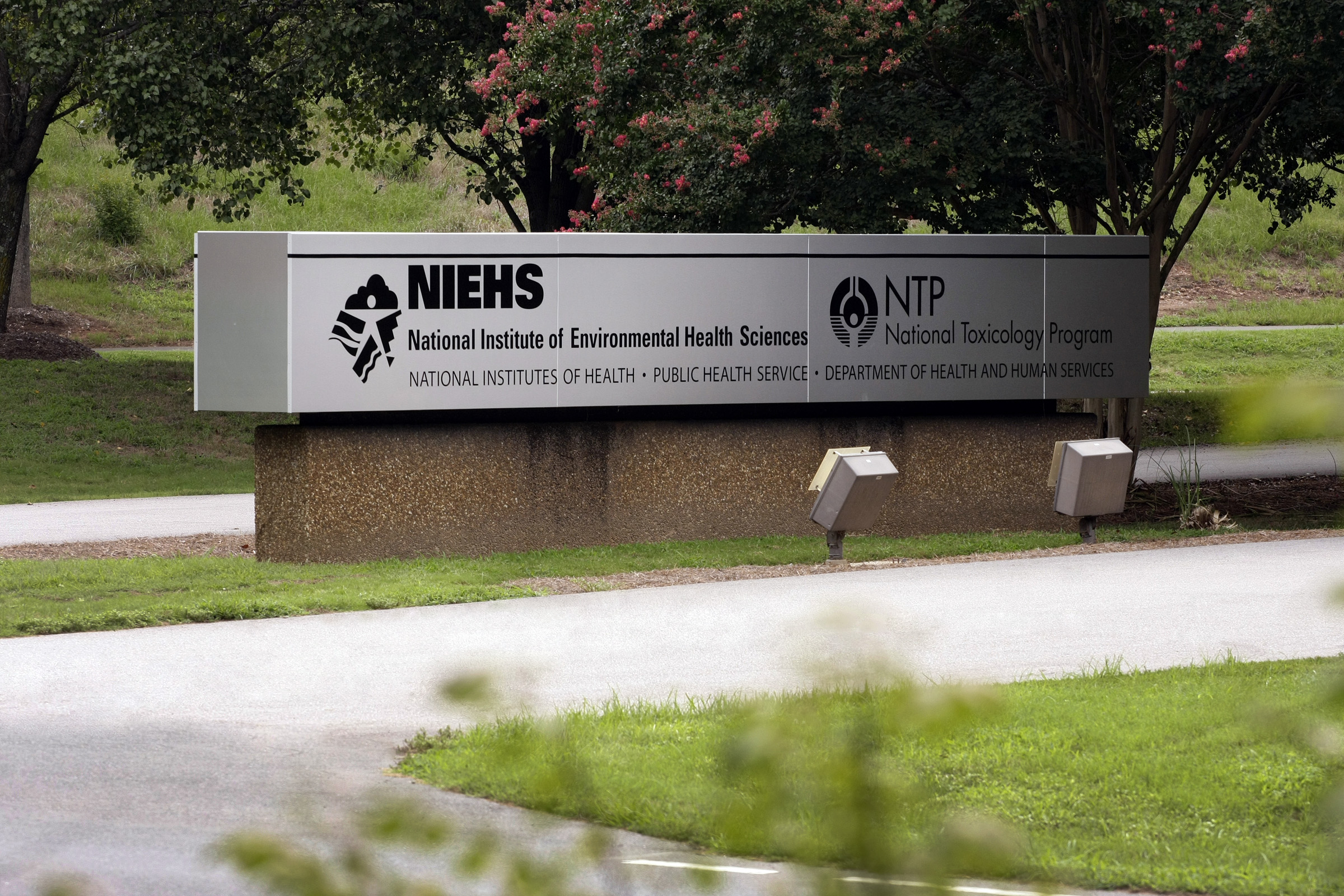Biobide Signs a contract with the U.S. National Institute of Environmental Health Sciences (NIH-NIEHS)
- This project will analyze the toxicological impact of exposure to 30 chemical compounds using zebrafish as animal model. - The NIEHS is one of the 27 Institutes and Centers composing the US-National Institutes of Health. BBD BioPhenix-Biobide (now part of Bionaturis Group), has recently signed a contract agreement with one of the U.S. National Institutes of Health, the National Institute of Environmental Health Sciences (NIH-NIEHS), for analyzing the impact of exposure to different chemicals with unknown toxicological potential in zebrafish embryos. Biobide provides zebrafish-based services in the preclinical area, mainly toxicology, through early detection of adverse effects in a Good Laboratory Practice (GLP) setting. Biobide will perform the assessment of bioavailability and toxicity in zebrafish embryos following exposure to 30 compounds with potential for various adverse effects, providing high content screening information on multiple target organs using a GLP-environment. This contract agreement between Biobide and one of the main Institutions of Public Health in the USA, the NIH, is the result of years of preparation and study. BBD BioPhenixBiobide, is one of the recognized zebrafish resource institutions worldwide. “This contract agreement becomes relevant because it may facilitate future collaborations with this prestigious institution”, the R&D Management Director at the company, Arantza Muriana, has stated. The collaboration between Biobide and the NIH-NIEHS started last year when they collaborated in a project to study the toxicity of several flame retardants found in everyday household products, such as utensils, upholstery and furniture, to which people, and most importantly babies and young children, are regularly exposed. Biobide and the NIH-NIEHS utilized the versatility of the zebrafish model to evaluate the toxicity of environmental compounds with the main goal of the assay being the reduction or prevention of the use of such substances, ultimately leading to a safer and healthier home. Using this model, they studied teratogenicity (possibilities of malformation in the development of the fetus in pregnant women), cardiotoxicity, hepatotoxicity and behavioral alterations in ten flame retardant compounds from three different chemical families. Some of the compounds studied are currently being used as replacements for other flame retardant compounds that have been banned in the US and Europe due to their toxicity. The results of the assay suggest that a number of these replacement compounds show potential adverse effects that require further analysis. Dr. Celia Quevedo, Ph.D., Study Director at Biobide, presented the results of this assay at the 43rd Annual Meeting of European Teratology Society held in Amsterdam in a seminar entitled “Toxicity profiling of flame retardants in zebrafish embryos using a battery of assays for teratogenicity, behavior, cardiotoxicity, and hepatotoxicity”. The National Institute of Environmental Health Sciences (NIEHS), located in the Research Triangle Park, North Carolina, is one (1) of the 27 Institutes and Centers composing the National Institutes of Health. The NIEHS is home to the National Toxicology Program (NTP), a Health & Human Services (HHS) interagency program dedicated to testing and evaluating substances in our environment. As part of the National Toxicology Program efforts at NIEHS, a partnership referred to as the Toxicology in the 21st Century or Tox21 program was formed with the U.S. EPA, the U.S. FDA and the NIH-National Center for Advancing Translational Sciences to bring novel technological approaching into toxicology, complementing and extending the NTP’s scientific capabilities and contributing to the identification and understanding of potential health related issues related to environmental/chemical exposures.



Leave a comment